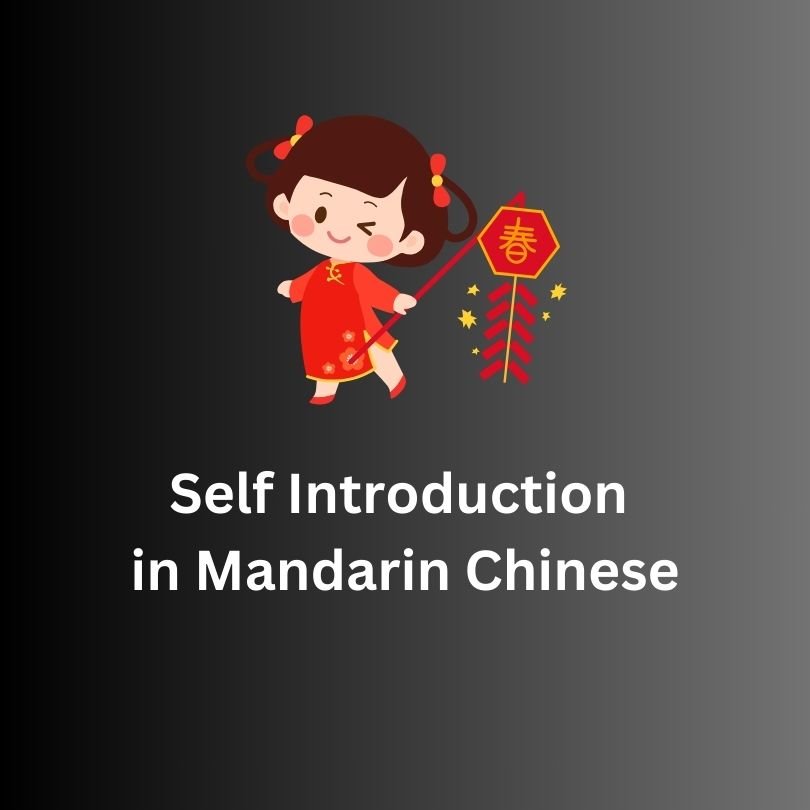Mastering Interrogative Sentences with 吗 (Ma) in Mandarin Chinese
Forming questions is an essential skill in any language, and in Mandarin Chinese, one of the most common ways to create a yes-no question is by using the particle 吗 (ma). Understanding how to use 吗 (ma) correctly will significantly enhance your ability to communicate effectively in Chinese. This article will guide you through the use of 吗 (ma) to form interrogative sentences, along with examples and practice exercises to help you master this aspect of Mandarin grammar.
The Basic Structure of Interrogative Sentences with 吗 (Ma)
In Mandarin Chinese, the particle 吗 (ma) is added to the end of a declarative sentence to turn it into a yes-no question. The basic sentence structure remains unchanged, making it easy to form questions.
Structure:
- Statement + 吗 (ma) = Yes-No Question
Examples:
- 你是学生。 (Nǐ shì xuéshēng.) – You are a student.
- 你是学生吗? (Nǐ shì xuéshēng ma?) – Are you a student?
- 他喜欢中国菜。 (Tā xǐhuān Zhōngguó cài.) – He likes Chinese food.
- 他喜欢中国菜吗? (Tā xǐhuān Zhōngguó cài ma?) – Does he like Chinese food?
Using 吗 (Ma) with Different Types of Statements
- Affirmative Statements:
- 她是老师。 (Tā shì lǎoshī.) – She is a teacher.
- 她是老师吗? (Tā shì lǎoshī ma?) – Is she a teacher?
- Negative Statements:
- 我不是学生。 (Wǒ bú shì xuéshēng.) – I am not a student.
- 你不是学生吗? (Nǐ bú shì xuéshēng ma?) – Aren’t you a student?
- Statements with Adjectives:
- 这个苹果很好吃。 (Zhège píngguǒ hěn hǎochī.) – This apple is delicious.
- 这个苹果很好吃吗? (Zhège píngguǒ hěn hǎochī ma?) – Is this apple delicious?
Answering Yes-No Questions with 吗 (Ma)
When answering yes-no questions formed with 吗 (ma), you can use the following responses:
- Yes: Use the verb from the question.
- 你是学生吗?(Nǐ shì xuéshēng ma?) – Are you a student?
- 是, 我是学生。 (Shì, wǒ shì xuéshēng.) – Yes, I am a student.
- 你是学生吗?(Nǐ shì xuéshēng ma?) – Are you a student?
- No: Use the negative form of the verb.
- 你是学生吗?(Nǐ shì xuéshēng ma?) – Are you a student?
- 不是, 我不是学生。 (Bú shì, wǒ bú shì xuéshēng.) – No, I am not a student.
- 你是学生吗?(Nǐ shì xuéshēng ma?) – Are you a student?
Forming Questions with Various Verbs
- Using Action Verbs:
- 他去学校。 (Tā qù xuéxiào.) – He goes to school.
- 他去学校吗? (Tā qù xuéxiào ma?) – Does he go to school?
- Using Modal Verbs:
- 你会说中文。 (Nǐ huì shuō Zhōngwén.) – You can speak Chinese.
- 你会说中文吗? (Nǐ huì shuō Zhōngwén ma?) – Can you speak Chinese?
- Using Auxiliary Verbs:
- 你要喝茶。 (Nǐ yào hē chá.) – You want to drink tea.
- 你要喝茶吗? (Nǐ yào hē chá ma?) – Do you want to drink tea?
Common Mistakes to Avoid
- Forgetting 吗 (ma): Ensure you add 吗 (ma) at the end of the statement to form a question.
- Incorrect: 你是学生。 (Nǐ shì xuéshēng.)
- Correct: 你是学生吗? (Nǐ shì xuéshēng ma?)
- Incorrect Word Order: The word order in the statement should remain unchanged when adding 吗 (ma).
- Incorrect: 吗你是学生? (Ma nǐ shì xuéshēng?)
- Correct: 你是学生吗? (Nǐ shì xuéshēng ma?)
- Using 吗 (ma) with Non-Questions: Avoid using 吗 (ma) in sentences that are not intended to be questions.
- Incorrect: 我是学生吗。 (Wǒ shì xuéshēng ma.)
- Correct: 我是学生。 (Wǒ shì xuéshēng.)
Practice Exercises
To reinforce your understanding of using 吗 (ma) to form interrogative sentences, try these exercises:
- Translate the following sentences into Chinese:
- “Are you a teacher?”
- “Does she like coffee?”
- “Is it raining?”
Answers:
- 你是老师吗? (Nǐ shì lǎoshī ma?)
- 她喜欢咖啡吗? (Tā xǐhuān kāfēi ma?)
- 下雨吗? (Xiàyǔ ma?)
- Form questions using 吗 (ma) with the given statements:
- 你会游泳。 (Nǐ huì yóuyǒng.) – You can swim.
- 他有车。 (Tā yǒu chē.) – He has a car.
- 他们在家。 (Tāmen zài jiā.) – They are at home.
Answers:
- 你会游泳吗? (Nǐ huì yóuyǒng ma?)
- 他有车吗? (Tā yǒu chē ma?)
- 他们在家吗? (Tāmen zài jiā ma?)
Conclusion
Mastering the use of 吗 (ma) to form interrogative sentences is a fundamental skill in Mandarin Chinese. By understanding the structure and practicing with various types of statements, you can confidently ask yes-no questions and enhance your communication skills. Regular practice and immersion in conversations will help you become more fluent and natural in using this essential grammatical particle. Happy learning!



